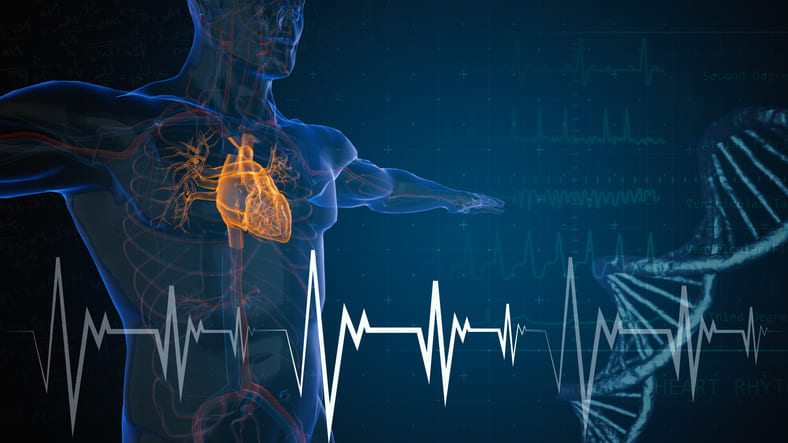This chapter gives an overview of present knowledge and clinical aspects of antidiabetic drugs according to the recently available research evidence and clinical expertise.Many agents are acting on eight groups of pathophysiological mechanisms, which is commonly called as “Ominous Octet” by DeFronzo. The muscle, liver and β-cell, the fat cell, gastrointestinal tract, α-cell, kidney, and brain play essential roles in the development of glucose intolerance in type 2 diabetic individuals (Defronzo, Diabetes 58:773-795, 2009).A treatment paradigm shift is seen in the initiation of anti-hyperglycemic agents from old friends (meglitinides or sulphonylürea) to newer agents effecting on GLP-1 RA or SGLT-2 inhibitors. It is mostly about the other protective positive effects of these agents for kidney, heart, etc. Although there are concerns for the long term safety profiles; they are used widely around the World. The delivery of patient-centered care, facilitating medication adherence, the importance of weight loss in obese patients, the importance of co-morbid conditions are the mainstays of selecting the optimal agent.
Glucose Lowering Treatment Modalities of Type 2 Diabetes Mellitus.


